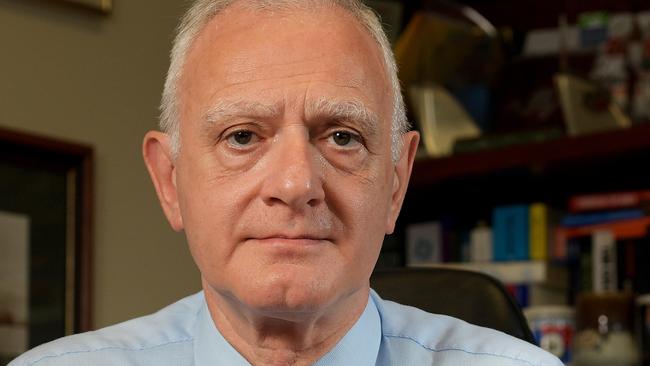Critical hospital healthcare fails to keep up pace
National report reveals hospitals are failing in key healthcare areas.

A national report on the performance of hundreds of healthcare services has shown significant improvement in the quality of care in Australia’s hospitals but emergency department waiting times, obstetric interventions and use of restraint in mental health services have all increased markedly.
The latest Australasian Clinical Indicator report, published by the Australian Council on Healthcare Standards, collected data from 656 healthcare organisations and reported improvements and deteriorations across a wide range of medical specialties.
The 2018 data revealed positive trends across many clinical indicators, particularly in anaesthesia and perioperative care, day patient care, emergency medicine, gynaecology, infection control, intensive care, paediatrics and rehabilitation medicine.
The data is collected from healthcare organisations on a voluntary basis and is the most detailed hospital performance data available in the country, said ACHS president Len Notaras. “It provides an immense opportunity for healthcare services to assess their performance and compare how they are performing at a national level with their peers,’’ Professor Notaras said.
The report highlighted a range of areas that had significantly deteriorated, including in maternity care, mental health and emergency medicine.
In obstetrics, the data showed only 41 per cent of women had spontaneous vaginal births, while 44 per cent of pregnancies were induced. This was an increase from the previous year.
Instrumental vaginal births and caesarean sections had also increased, as had the rate of episiotomies. At the same time, the numbers of women suffering third- and fourth-degree tears during birth reduced.
In mental health, the report showed there had been a threefold increase in the physical restraint of patients.
The report showed the incidence of seclusion in mental health wards had reduced, more patients had care plans in place, and fewer patients were discharged from hospital on multiple medications.
In emergency medicine, the report showed worrying trends in the speed at which patients are seen and treated, and the timeliness of transfer to intensive care units for the critically ill.
On average, only 65 per cent of those with life-threatening or “situationally urgent” conditions were seen in emergency departments within 30 minutes.
Those with mental illness were also spending excessive periods of time in emergency departments. Only 25 per cent of mentally ill patients presenting at emergency were admitted within four hours.
“Based on the data, it is apparent Australia’s health system is failing to meet the needs of people who present to ED seeking urgent mental care,” the report said.




To join the conversation, please log in. Don't have an account? Register
Join the conversation, you are commenting as Logout